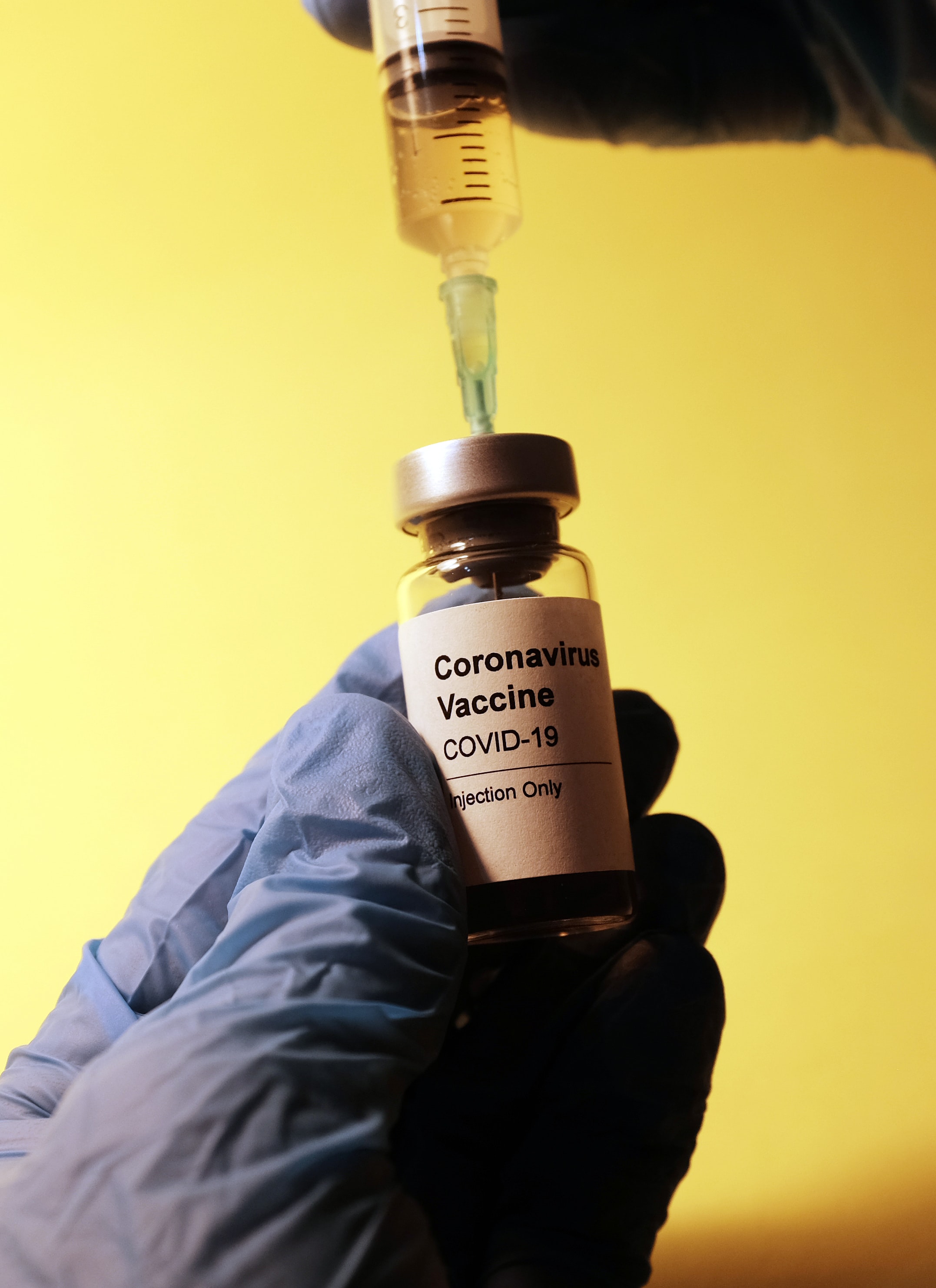Sign up for our information-filled email newsletter

COVID-19 Vaccine Availability for Educators

As the new year has begun and the COVID-19 pandemic has raged on in the United States, many are anxiously waiting their turn to get the COVID-19 vaccine in hopes of returning to “normal” life in the near future. Multiple factors go into the order of receiving the COVID-19 vaccine, and when people will receive it has become a hot topic. So, where do teachers fall on the priority list of COVID-19 vaccine recipients? And how will that impact education? We are looking at these specific questions below.
Who is getting the COVID-19 vaccine now?
Healthcare workers, those in long-term care facilities, and long-term care workers were among the first to receive the COVID-19 vaccine during Phase 1a, with many still waiting their turn due to vaccine shortages and appointment cancellations.
The CDC recommends Phase 1b should include essential frontline workers (police officers, firefighters, United States Postal Service, grocery store workers, corrections officers, manufacturing personnel, those in public transportation, and those employed in education, including daycares, teachers, and support personnel). Additionally, Phase 1b is meant to include those over age 75 who do not live in a long-term care facility.
Phase 1c CDC recommendations include people ages 65-74 years old, people ages 16-64 with underlying conditions that are deemed extremely vulnerable, and other essential workers, including transportation, IT, logistics, communications, food service, law, public safety, media, public health, housing, construction, energy, and finance.
When will educators be able to get the COVID-19 vaccine?
As of January 19, 2021, more than 17 states had made teacher vaccination eligibility a priority. EdWeek has created an interactive map that is frequently updated and details vaccine availability for teachers by state. The parameters to determine eligibility vary due to states having different factors in deeming educators “essential workers” who would fall under Phase 1b. Given this determination being left up to individual states, many have felt that teacher prioritization is falling short.
How will the COVID-19 vaccine impact schools and education?
Ultimately, there are still many factors that are up in the air related to the COVID-19 vaccine and how it will impact those who receive both doses and education as a whole. There are concerns about the length of time the vaccine will last, there are some who are hesitant to get it due to it being so new, and there is the unknown factor about if those who are vaccinated can still spread the virus.
The likely scenario is that those schools that are not currently open for in-person learning but who have high percentages of vaccinations amongst their staff will reopen but may continue to give parents and students the option to continue with virtual or hybrid learning models. It is also likely that for some time, schools will continue to require masks for teachers and students along with promoting social distancing and frequent handwashing.
At Pride Surveys, we have enhanced our survey offerings to support educators, students, and parents during a difficult time due to the changes in educational models. We have created new surveys designed to identify the COVID-19 Impacts on Students and Teachers, both short and long-term.
Should you have questions, need additional resources for your school or community coalitions, or be interested in an online or paper survey, please reach out to our team to learn more.
Note: The above information regarding COVID-19 vaccine priority and availability is accurate as of the posting date, January 20, 2021, and is subject to change.
Resources:
https://www.wsj.com/articles/teachers-vie-for-covid-19-vaccine-priority-11608298482
https://www.cdc.gov/coronavirus/2019-ncov/vaccines/recommendations.html
https://www.edweek.org/policy-politics/where-teachers-are-eligible-for-the-covid-19-vaccine/2021/01

- How Community Coalitions Can Help Students Avoid the Summer Slide
- Student Challenges Over Summer 2022
- The State of Student Mental Health
- Student Mental Health Issues as They Return to School
- COVID-19 Student Survey Results




